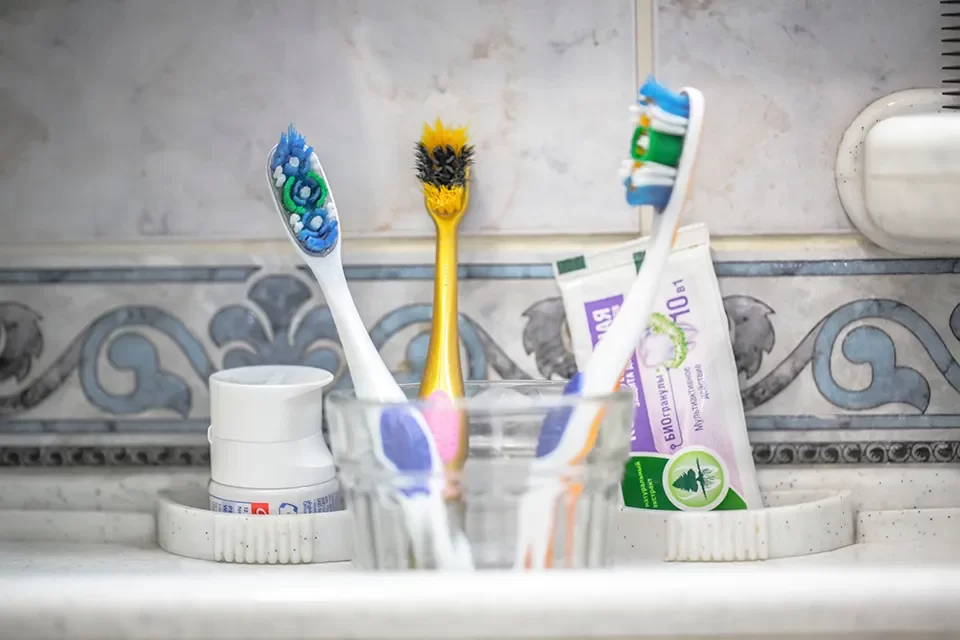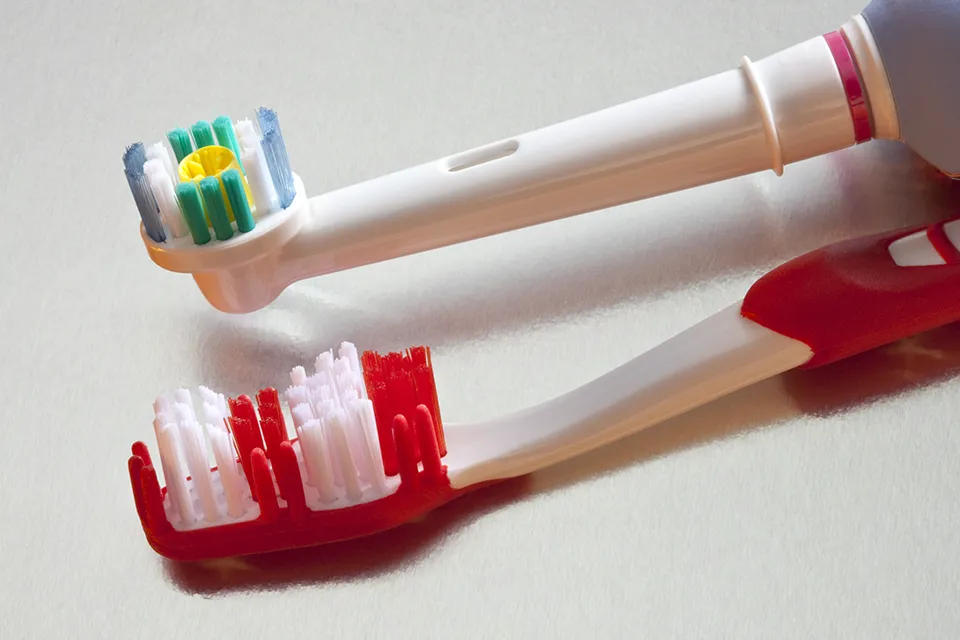It is impossible to overstate the value of maintaining proper oral hygiene for dental health. We are taught from an early age that brushing our teeth on a regular basis is one of the best methods to maintain our teeth and gums healthy. So what is the best toothbrush, though?
Choosing the right one is more important than most people believe, despite the fact that it may appear insignificant. The improper toothbrush can erode the enamel and stain your teeth, cause your gums to recede, and leave plaque buildup on your teeth.
The easiest way to determine which one is ideal for you is by discussing it with us when you come for your oral exam. A particular kind of brush can meet your unique needs.
To access the services of Oral Hygiene In Toronto, click here.
Types of Toothbrushes
Electric
Most dental professionals unquestionably recommend electric toothbrushes. This is because electric toothbrushes provide enhanced features such as advanced plaque removal, pressure and personalized timers.
Depending on the features, an electric one can cost anywhere between $30 and over $250.
Numerous electric ones feature cutting-edge technologies to encourage better oral care practices. One of the key selling points of electric ones is the oscillating feature and several brush heads that help users improve their brushing technique. In addition, several ones have bristles designed for gum massaging or sensitive teeth, as well as an element that alerts the user if they are brushing too vigorously, which is harmful to tooth enamel and gum tissue.
Manual
A manual one, commonly called a disposable toothbrush, is a traditional kind that is powered by you rather than a battery.
Despite the rise in the popularity of electric toothbrushes, the US Census of 2020 reports that over 250 million people still prefer using a traditional manual toothbrush. Most people prefer manual brushes due to its many advantages.
A manual toothbrush is more reasonably priced than an electronic one and has appealing, sleek ergonomic designs. There are various manual toothbrushes for children, teeth whitening purposes, periodontal disease, and dexterity.
Replace your manual toothbrush every 3-4 months or sooner if you are sick. If you see that the bristles on your brush are frayed and worn down, you might also want to replace them. This suggests that you might be brushing hard.
Also Read: 6 Reasons Why Oral Hygiene Is Vital

Bristle Softness: Choosing The Right Toothbrush Texture
Brushes are classified based on the hardness of their bristles.
There are three categories:
Hard Bristle Toothbrush
These toothbrushes feature stiff, abrasive bristles that remove food residue better, but they damage your teeth and exacerbate gum recession.
Medium Bristle Toothbrush
Although it doesn’t altogether remove food residues from the mouth, it is better and safer for the tooth surfaces. On the other hand, if used forcefully, it could damage your gums and hurt them.
Soft Bristle Toothbrush
If used properly, a soft toothbrush may clean teeth and gums while being gentle and safe for the gums.
Soft-bristled toothbrushes are best since excessive force can damage gums and tooth enamel.
Also Read: Natural Teeth Whitening Solutions
The Final Conclusion
There are numerous options available for people of all needs. Manual and electric or battery-powered toothbrushes are fantastic options if you need a whitening brush or have dexterity issues.
Most dentists advise using an electric toothbrush since it has advanced features like pressure indicators and timers that make brushing easier. Furthermore, they provide oscillation and spinning for optimal oral health, are environmentally friendly, and are rechargeable.
To avoid enamel erosion and gum damage, choose a toothbrush certified by the CDA with soft or extra-soft bristles.
There is no permanent option, so remember that you may always replace your toothbrush if your needs change.
If you have questions about which toothbrush is best for you and live in Toronto, call us at Dental Land or book an appointment online!

